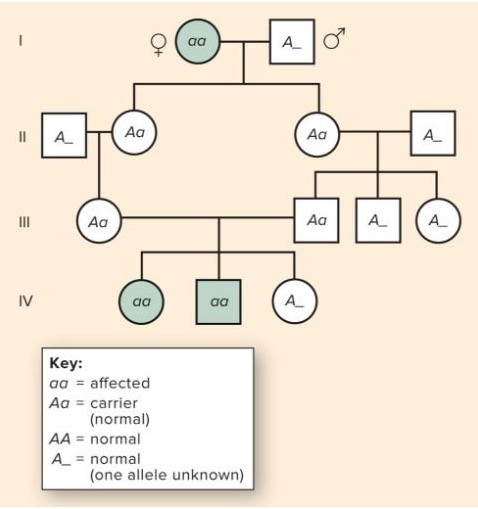In the amniote egg diagram shown, the item labeled "3" is the
a. yolk sac.
b. chorion.
c. allantois.
d. amnion.
e. albumin.
E
You might also like to view...
Progressive chromosomal changes as cancer develops are related to the loss of the ability to repair ____________________ in cancer cells
Fill in the blank(s) with correct word
The pedigree shown displays the occurrence of an inherited disease. For an individual in the fourth generation with two heterozygous parents, what is the likelihood that they will be impacted by the disease?
A. 75% B. 50% C. 25% D. 0%
The most common cause of traveler's diarrhea is
A) Shigella spp. B) Salmonella enterica. C) Giardia lamblia. D) Escherichia coli. E) Campylobacter jejuni.
How pathogenic are alpha toxin–containing clostridia compared to those lacking it, and why?
a. They are less pathogenic, because the alpha toxin is quickly recognized by the immune system, which subsequently rids the body of the pathogen. b. They are less pathogenic, because the beta toxin is more toxic and the clostridia produce only one or the other. c. They are more pathogenic, because the toxin enables the clostridia to lyse healthy human cells and grow/spread further. d. They are more pathogenic, because the toxin is a protective molecule that enablesthem to hide from immune cells.